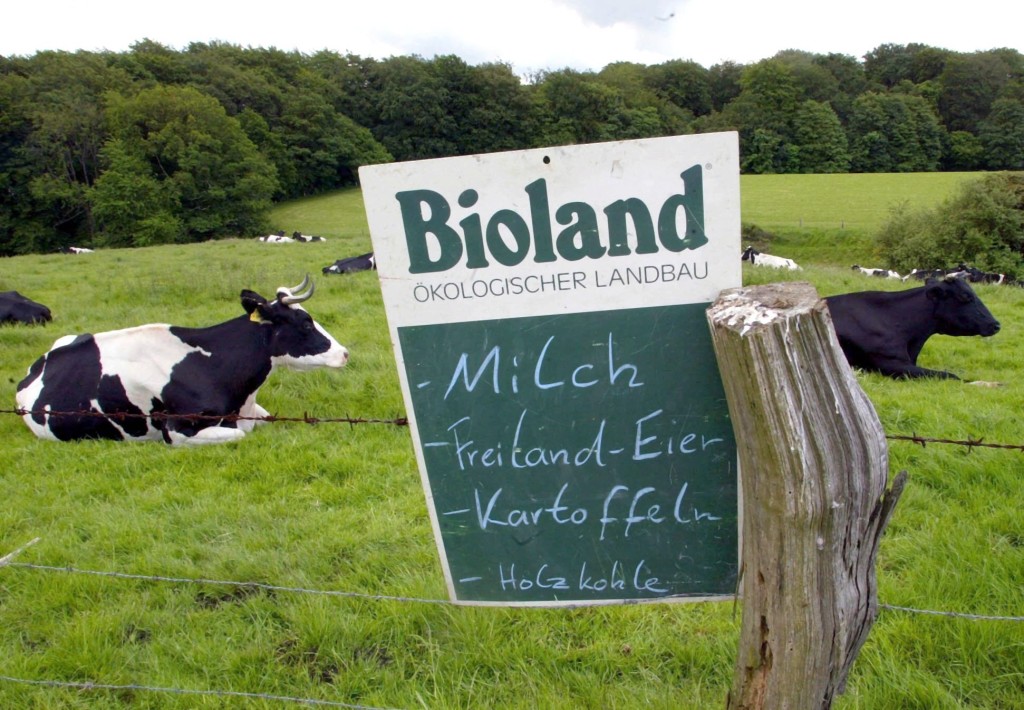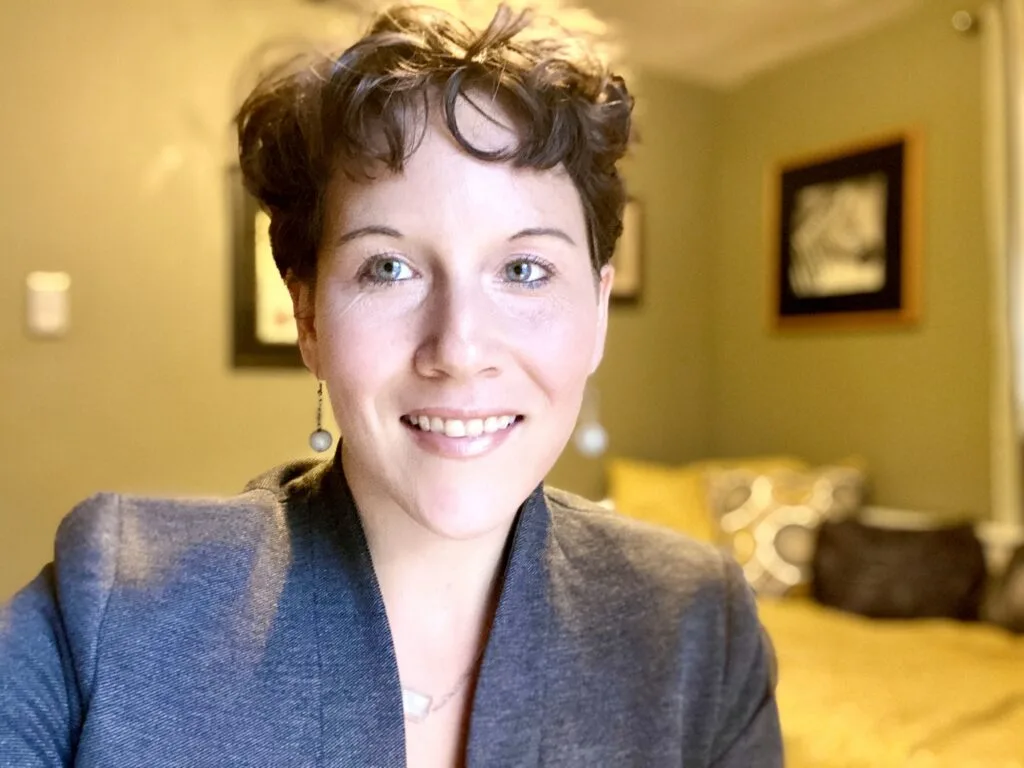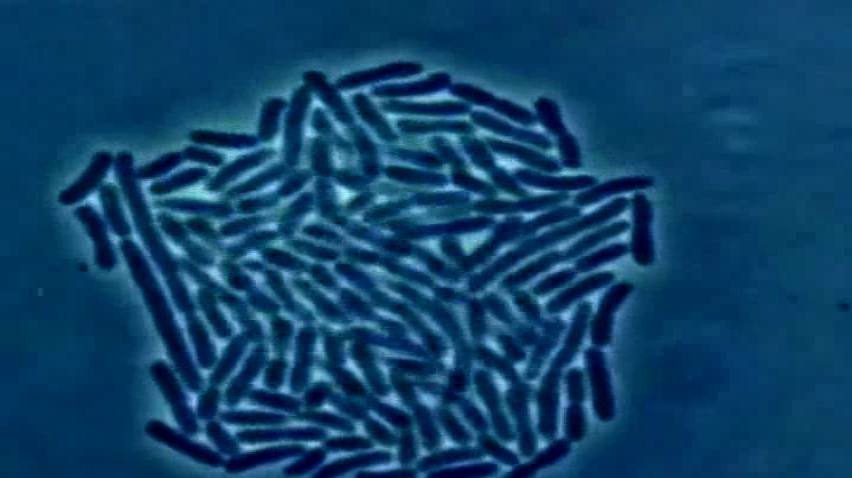How It’s Different in Europe

October 14, 2014
Share
While in the U.S., debate continues over whether there’s a connection between antibiotic resistance and the use of the drugs in food animals, in Europe, concern about the potential risk to human health has sparked legislative action dating back more than 20 years.
It’s not that Europeans have different – or much clearer – science connecting antibiotic use on the farm to sick people with resistant infections. Rather, the United States has waited for more direct evidence that people are getting sick from antibiotics used in agriculture.
Part of the difference stems from how the United States and Europe have historically viewed the role of government. Europe has traditionally had much closer ties between the state and health care systems, many of which are run by the government. These national health care systems have also made it easier – both politically and practically – to create more comprehensive systems to track antibiotic use and infections.
“The Europeans have traditionally been much more regulatory than the U.S. has been,” says Gail Hansen, a veterinarian with Pew Charitable Trust, which has campaigned for tighter restrictions and antibiotic use in the United States. “They have a different thoughts about how public health and agriculture come together.”
The Europeans’ effort to restrict on-farm antibiotics began by focusing on the use of antibiotics for growth promotion. In 1986, Sweden became the first country to ban this practice, but it wasn’t until Denmark began restricting antibiotics in the 1990s that debate moved Europe-wide.
Denmark’s concern stemmed from research that showed an increased number of resistant bacteria, called VRE, on meat from animals raised with a growth-promoting antibiotic called avoparcin. Denmark pulled the drug from the market in 1997 over concerns that avoparcin use might have been a source of human VRE infections.
By 2000, the country banned the use of any antibiotics for growth promotion in farm animals.
Denmark’s ban was coupled with the creation of a national system to track how and when antibiotics are used in both humans and in food animals. Today, Danish officials know exactly when, how much and why antibiotics are used in food animals. In recent years, regulators have begun issuing warnings to farmers who use disproportionately more antibiotics per animal than their peers.
But the impact of Denmark’s ban has been hotly debated.
Advocates to restrict antibiotic use note that overall use of the drugs decreased by 50 percent in Denmark over a 10-year period. Fewer antibiotics used, advocates say, offers less opportunity for the drugs to breed resistant bacteria.
But American pharmaceutical and farm industry officials argue that there is no clear evidence that resistant infections in humans have gone down because of the ban.
What’s more, they note, despite an overall reduction in antibiotics, more animals got sick and required therapeutic antibiotics – about a 223 percent jump in the first few years, according to the Animal Health Institute. That initial increase in therapeutic use has since gone down as farmers have adapted better animal husbandry practices to accommodate the overall decline in antibiotic use.
Despite the debate, Denmark’s effort became a model for the European Union, which banned growth promotion antibiotics for food animals in 2006.
What’s less clear is how effective the EU ban has been on reducing overall use. In the Netherlands, for instance, overall antibiotic use in food animals stayed the same after the European ban. The reason, according to Dik Mevius, who runs the Netherlands’ antibiotics monitoring program, the National Reference Laboratory on Antimicrobial Resistance in Animals, is that growth promotion “was totally replaced by use for prevention.”
Dutch officials noticed this trend because they’d set up a system to track how much and why antibiotics were used in farm animals. And they soon learned of another disturbing trend: New research showed an increase in bacteria on poultry resistant to a critical human antibiotic known as cephalosporin.
Coupled together, this data led to major legislation from the Netherlands’ parliament, which in 2010 mandated a 70 percent reduction in all on-farm antibiotic use by 2015. It was a simple target with no other guidance other than to meet the benchmark, but so far the industry has kept up, dropping overall use by 50 percent as of last year.
The Netherlands’ data wasn’t as detailed as Denmark’s but was able to estimate how much of the drugs were used for what purposes which “had enormous power to trigger action to reduce consumption in several member states,” David MacKay, head of the Veterinary Medicines Division of the European Medical Agency, told FRONTLINE.
And that’s data that, at least for now, isn’t collected in the United States.

Related Documentaries
Latest Documentaries
Related Stories
Related Stories
Policies
Teacher Center
Funding for FRONTLINE is provided through the support of PBS viewers and by the Corporation for Public Broadcasting. Additional funding is provided by the Abrams Foundation; Park Foundation; the John D. and Catherine T. MacArthur Foundation; and the FRONTLINE Journalism Fund with major support from Jon and Jo Ann Hagler on behalf of the Jon L. Hagler Foundation, and additional support from Koo and Patricia Yuen. FRONTLINE is a registered trademark of WGBH Educational Foundation. Web Site Copyright ©1995-2025 WGBH Educational Foundation. PBS is a 501(c)(3) not-for-profit organization.



















